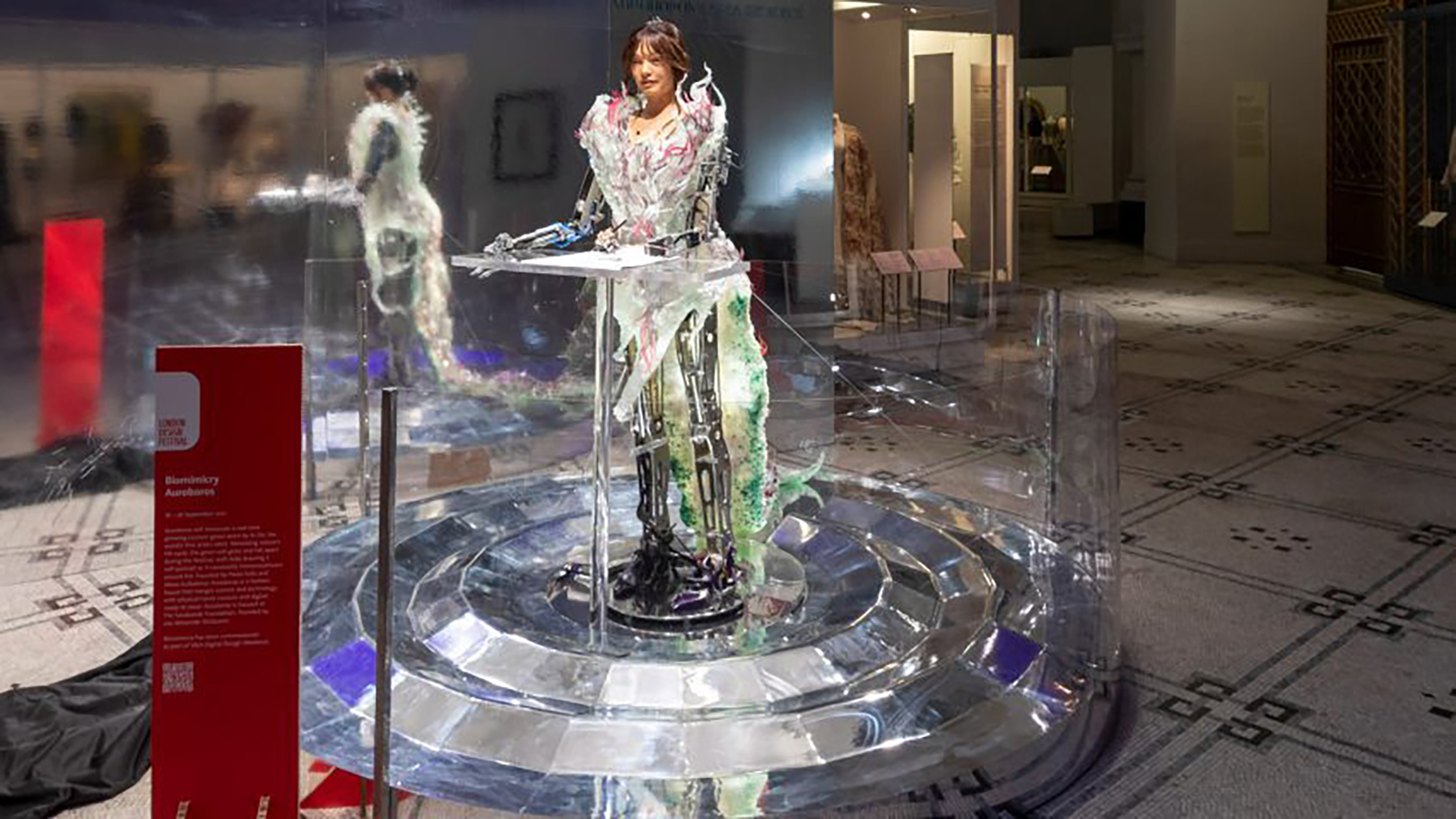Technologies of 3D bioprinting for artificial organs, seeds for the end of mankind, and biomimicry dress. The unexpected are in progress for the future.
1. 3D bioprinting to make artificial organs
‘The surgery cannot be performed because of a shortage of organs for transplant’. In the future, these cases may diminish. 3D bioprinting technology will make artificial organs!
‘3D bioprinting’ is a combination of 3D printing technology and biotechnology. It is a technology that produces artificial tissues or organs by printing living cells. It is similar to 3D printing in that the material is piled up little by little, but the materials used are totally different. The materials are like biomolecules, cells, and bioactive substances.
However, since it is difficult to print with these materials, other materials with physical properties such as alginate, collagen, and hydrogel that are soft as jelly are mixed to make organs. The materials sprayed with this 3D bioprinter are collectively called ‘bio-ink’.
3D bioprinting focuses on restoring and recovering functions of the human body. The biggest advantage is that it can be produced in a ‘customized’ form tailored to the individual patient and can realize damaged human tissues and organs. Because it is custom-made, it is highly valuable in terms of industry as it prevents wasting materials and shortens production time. In 2018, a research team from Newcastle University, UK, presented an artificial cornea, and recently, Organovo, an American regenerative medicine company, succeeded in printing artificial liver tissue composed of hepatocytes, hepatic stellate cells, and endothelial cells with a 3D bioprinter.
But it still needs more time to make living tissues such as the brain, heart, liver, eyes, and blood vessels. Other issues such as printing speed, cell viability, and print uniformity need to be solved through further research.
2. Humanity’s Last Seed Vault
There is an underground bunker 46M below that opens in case of a catastrophe on Earth. This is the ‘the Baekdu-daegan Global Seed Vault’ located in Bonghwa, Gyeongsangbuk-do, South Korea.
The ‘Seed Vault’ is a combination of the words Seed, meaning a plant seed and Vault, meaning a safe. It is a facility for long-term storage of seeds in preparation for plant extinction due to natural disasters, (nuclear) wars, terrorism, and extreme weather changes.
There are only two Seed Vaults in the world. South-Korea and Norway! ‘The Svalbard Global Seed Vault’ in Norway that was first established in 2008 stores about 1 million crops. ‘The Baekdu-daegan Global Seed Vault’ in Bonghwa, Gyeongsangbuk-do, South-Korea that was founded in 2015 stores about 90,000 species of wild plants.
The Seed Vault is a little different from the Seed Bank. The Seed Bank is a facility that allows you to take out seeds from time to time for various purposes, such as resource utilization and research, and stores seeds for a short period of time. In the contrary, the Seed Vault is a seed safe for humanity that literally means ‘unknown when to be opened’ and stores seeds for the long term.
So, it is difficult to take out a seed once it enters the Seed Vault. The Vault was designed with layered steel doors, CCTVs around, and strong concrete walls that can withstand an earthquake with a magnitude of 6.2. Also, seeds are living creatures. In order for them not to die, they are dried, and their skins are completely removed, then stored in an environment of minus 20 degrees Celsius and a relative humidity of 40%.
Will the day ever come to use the seeds stored in the Seed Vault?
3. Dresses that change in real-time
Fashion brand AUROBOROS has created dresses from recycled plastics and salt crystals. This dress changes color and shape in real-time, as if a flower were growing. The name of this dress is ‘Biomimicry dress’.
The form of the dress is a sleeveless robe. The pattern was cut out, and the bottom of the robe was made from Perspex material, a recycled rigid, clear plastic using digital programming. The crystal decorations in the center of the dress are salt crystals that have been incubated and heated over several weeks have grown from the hands. It was dyed with a dark green color, giving the entire dress a pale green color. The dress was worn by AI robot Ai-Da at the London Design Festival in Victoria and Albert Muesum.
The brand AUROBOROS has shown the collections of combining science and technology with ready-made clothes. Paula Sello and Alissa Aulbekova, the founders and designers were inspired by the concept of biomimicry. As for the exhibition’s goal, “We believe that death is the key to sustainability, so we want visitors to think more broadly about death,” they said.
The real dress worn by AI-Da, an AI robot, perishes naturally. Therefore, a biomimetic dress exists when the dress is in a completely temporary state. Paula Sello and Alissa Aulbekova explained, “it will remind you to cherish the beauty of life that thrives before there is an ultimate end while the growing process is ephemeral.”






